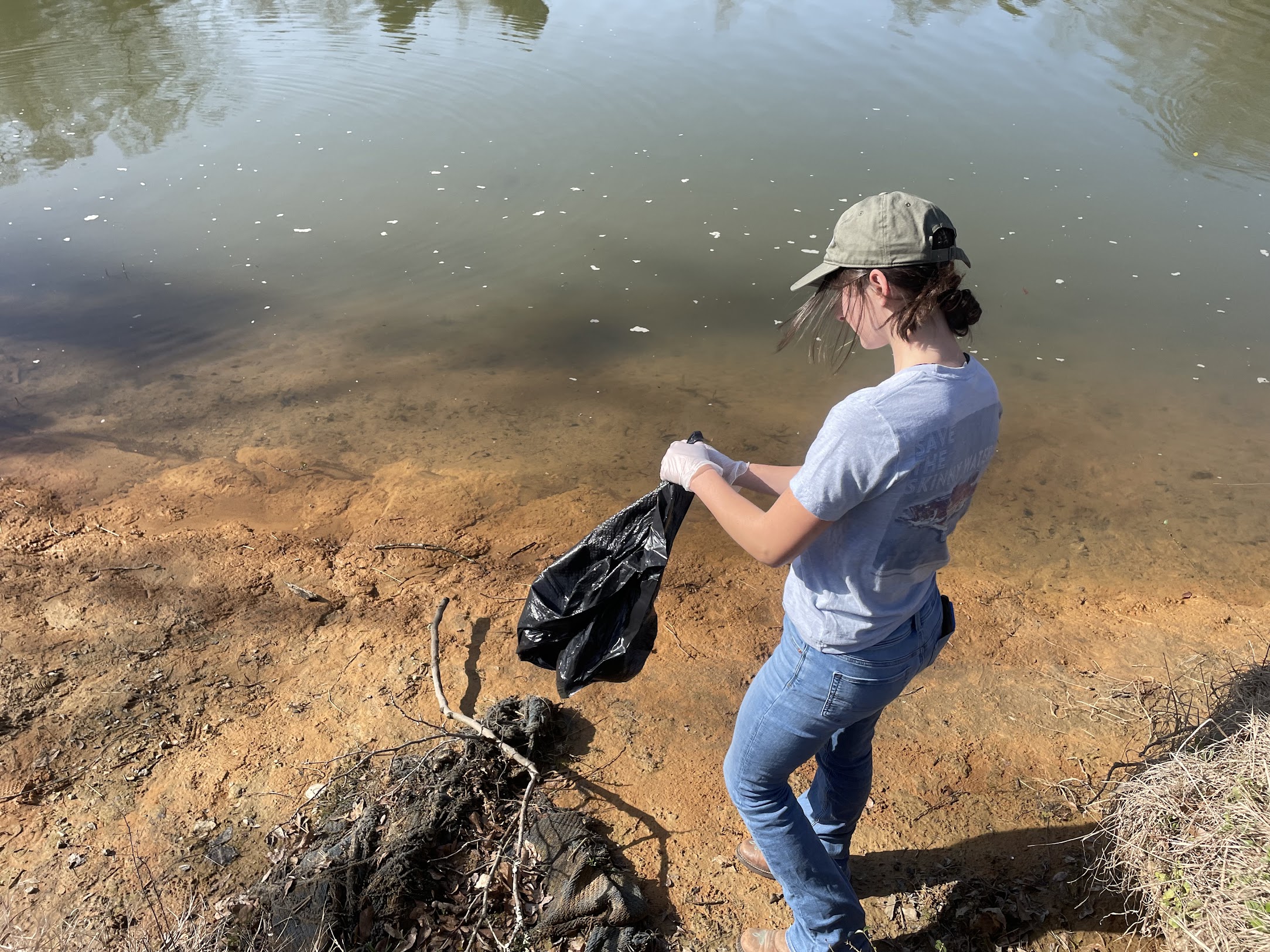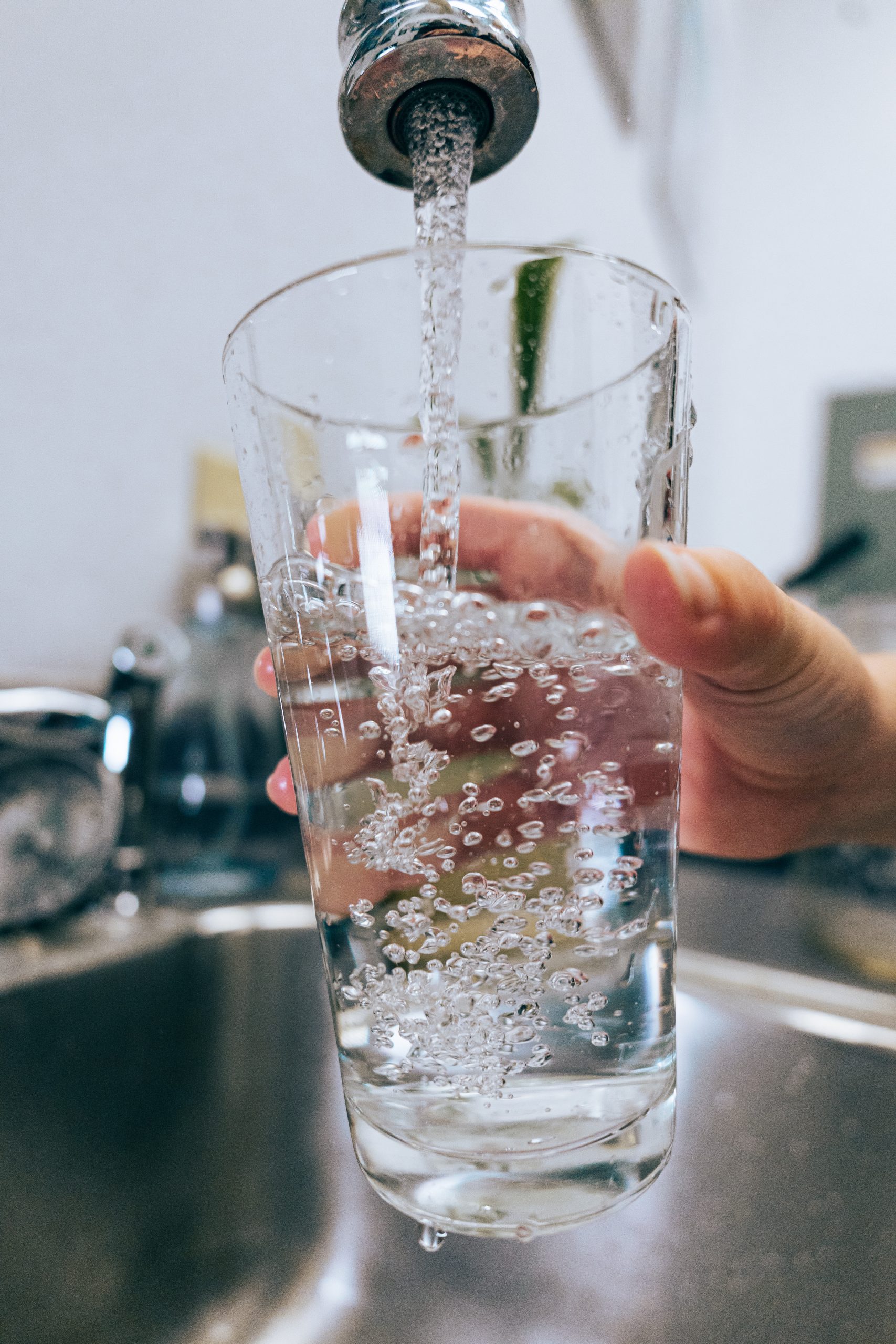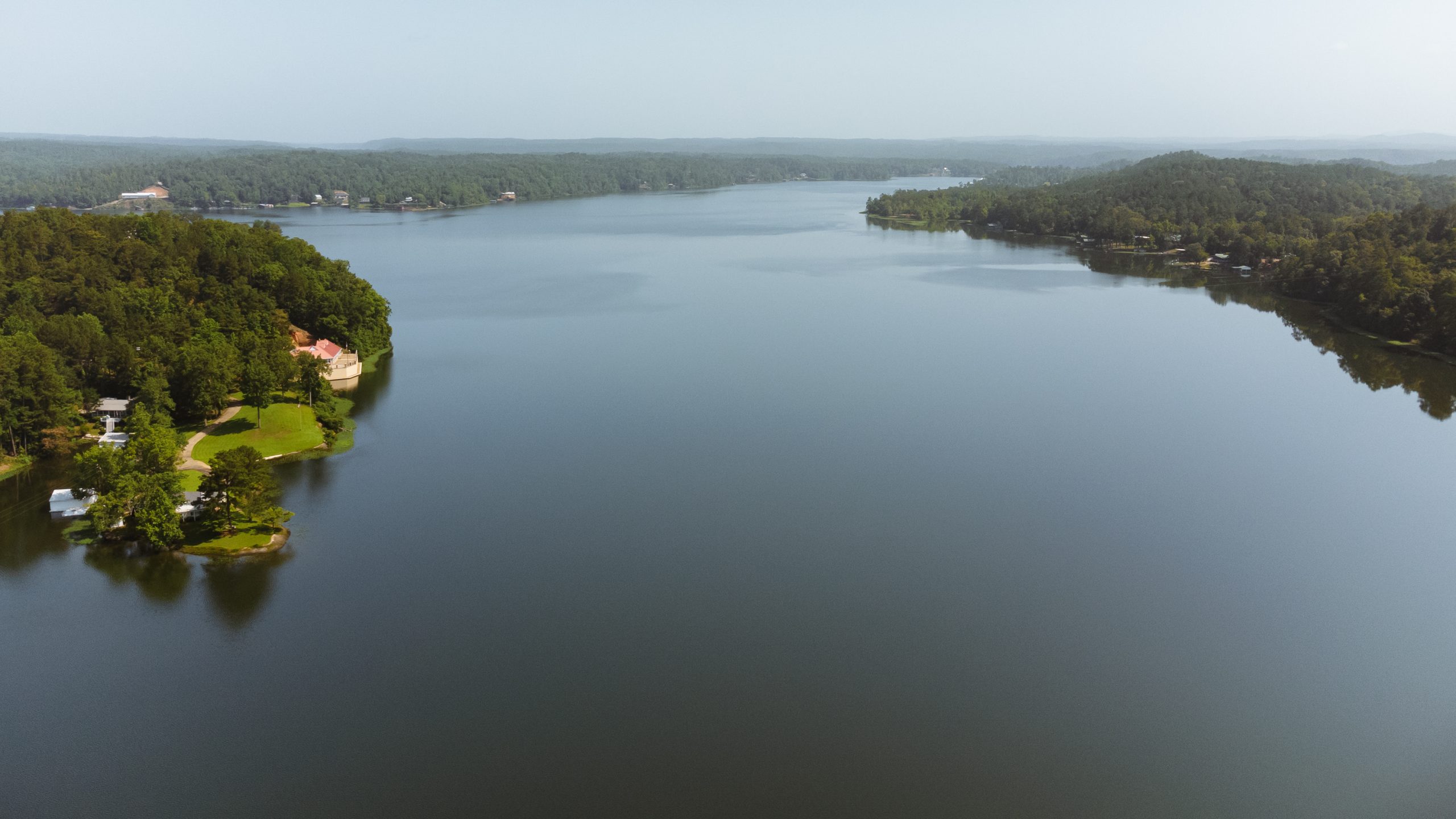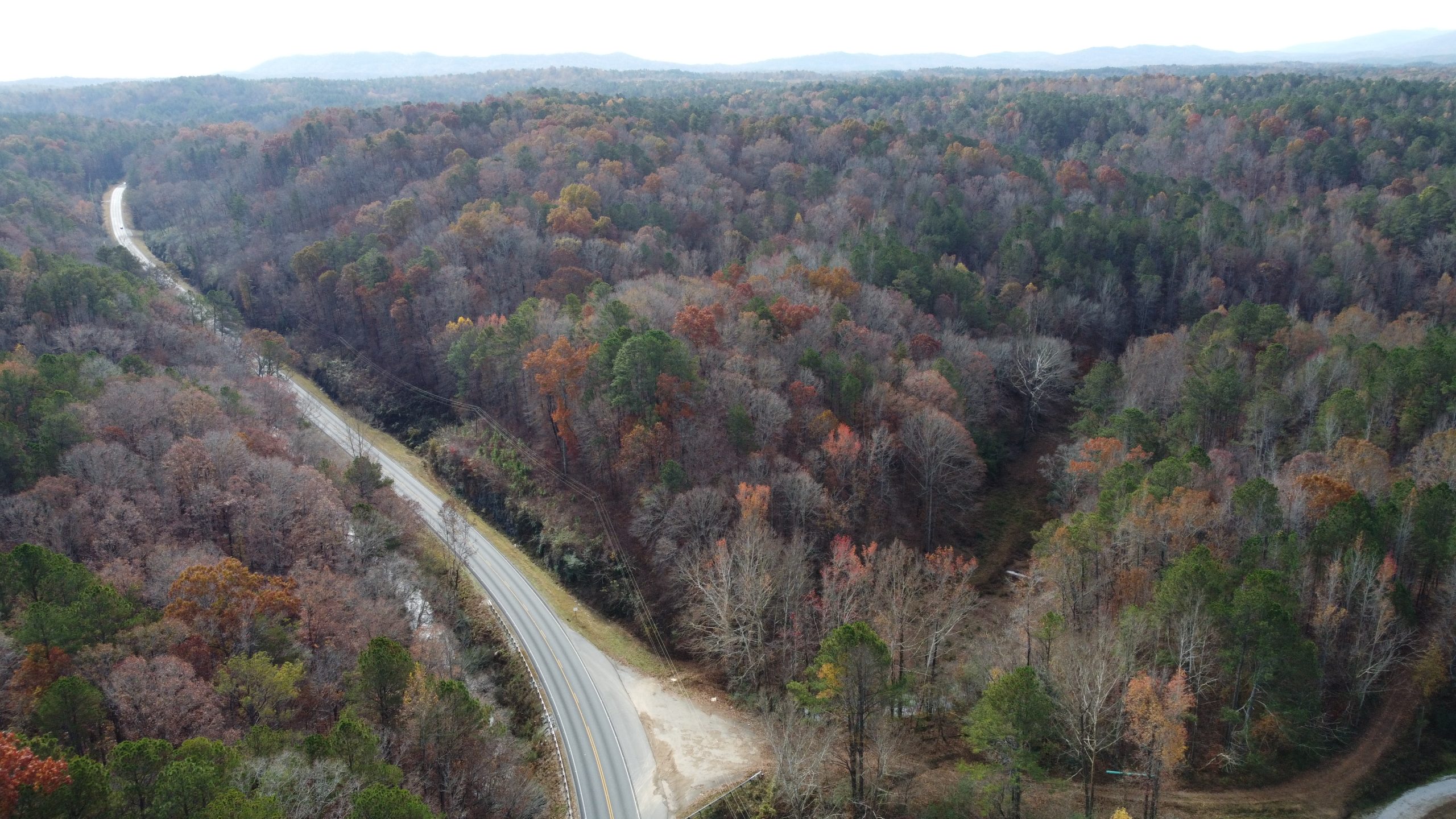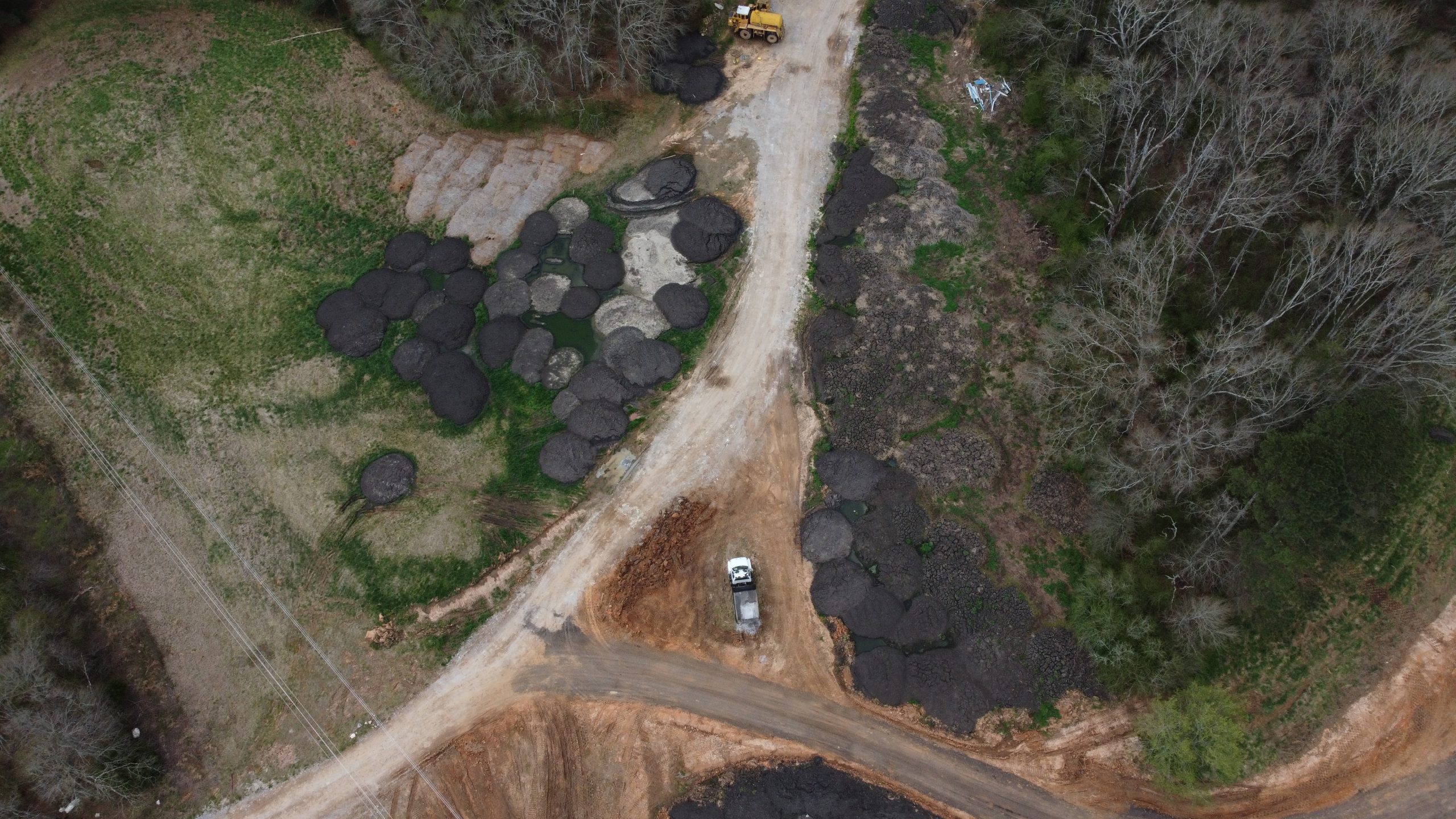Coosa River becomes the 5th Most Endangered River in U.S.
In 2010, the Coosa River was named the 10th most endangered rivers in the United States, out of which Coosa Riverkeeper was born. The Coosa River is now back on the list as the 5th Most Endangered River due to industrial agricultural pollution.
The 5th Most Endangered River in the United States
THE RIVER
The Etowah and Oostanaula rivers join to form the Coosa River in Rome, Georgia. From there, the Coosa River flows 280 miles through Alabama and helps form the Alabama River, then the Mobile River, before flowing into the Gulf of Mexico. A series of major dams and reservoirs built in the 1900’s resulted in one of the largest mass extinction events in North American history, forever wiping out 30 species unique to the Coosa River. Still, the Coosa is home to more biodiversity than any other river in the Mobile River Basin, the most biodiverse river basin in North America. Species including the federally-threatened trispot darter and Canoe Creek clubshell mussel (under evaluation for endangered status) live in this unique place.
Historically, the Coosa River was home to the Muscogee and Cherokee Nations. The colonizing British, Spanish and French alternately claimed the lands, believing that the Coosa and Alabama Rivers were “key to the country.” Years later, the steamboat era dominated the Coosa River system transporting passengers and goods, such as cotton. Today, the Coosa supports ecotourism ($560 million at Neely Henry Lake alone), drinking water for nearly one million people, power generation and agriculture.
THE THREAT
Millions of tons of chicken feces from billions of chickens are a major threat to the Coosa River’s drinking water supply and overall ecosystem health. The waste is spread on fields, and massive industrial poultry operations discharge their wastewater into municipal sewer systems that are crumbling, where permits are inadequate to protect water quality if they are even enforced at all. Consequently, manure pollution and sewer overflows are a significant issue in the Coosa River watershed. For decades, the Coosa River has had “pollution budgets” (or Total Maximum Daily Loads (TMDLs)) established under the Clean Water Act to try to reduce nutrients, chlorophyll a, sediment, pH and bacteria, while improving dissolved oxygen and pH. However, the permits, regulations and enforcement for this industry are performed by state agencies who often focus on protecting the industry rather than the people who rely on the river for food, drinking water, recreation and sustenance, or the health of the ecosystem itself.
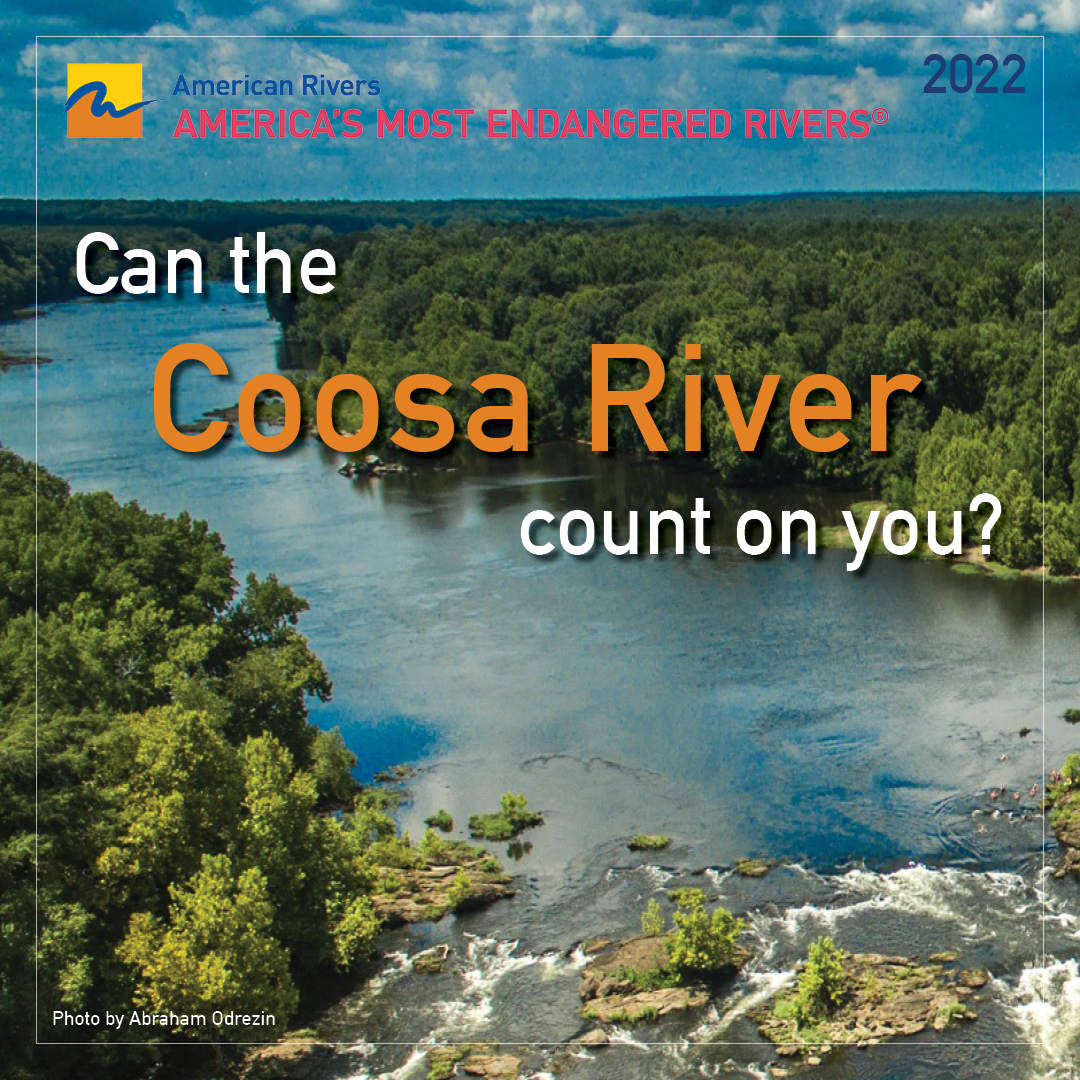

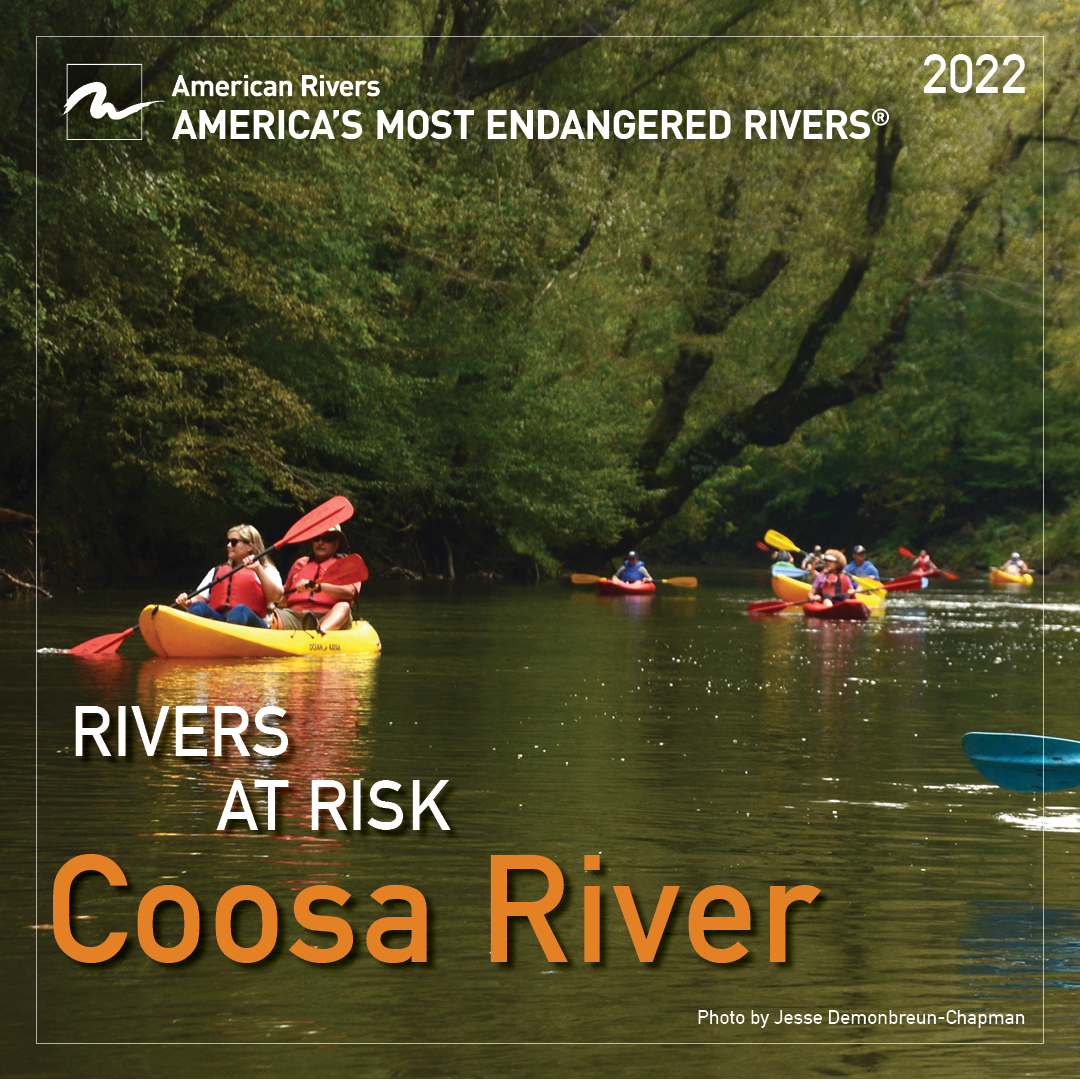
TAKE ACTION:
In Gadsden, Alabama, on Neely Henry Lake, sanitary sewage dumping is contributing to violations of water quality standards in portions of the Coosa River and its impaired tributaries. The sanitary sewer overflows disproportionately impact Black and low-income residents by making roads inaccessible and waterways unsafe for fishing, swimming and recreation. In 2008, Neely Henry Lake was given a “pollution budget” for nutrients, oxygen enrichment and dissolved oxygen, but it is not enforced. State agencies have ignored their own data and concerns from the public while allowing sewer systems with inadequate capacity and lax permit limitations to overflow excess wastewater from industrial operations into streets, waterways and even homes. The local government favors industrial operators over the health of Black and low-income communities, forcing them to suffer the consequences of inadequate enforcement.
Upstream in Gordon County, Georgia, investors are backing increasingly larger industrial poultry operations in problematic locations immediately adjacent to rivers and creeks. Theoretically, these operations are required to have Nutrient Management Plans to ensure the waste is not contributing to existing pollution in the Coosa; however, most of the “plans” simply state that they intend to pay someone to come and haul the chicken feces away with no indication of where that waste will be taken or what its ultimate handling and fate will be. Chicken waste is falling through this regulatory crack as it is land-applied and running off into the Coosa River and its lakes— a pollution issue that is only exacerbated by increasingly intense storms due to climate change.
WHAT MUST BE DONE
A number of steps must be taken on all levels of government to address this ongoing problem in the Coosa River. First, the Environmental Protection Agency (EPA) Region 4 Administrator must acknowledge the severity of this problem and immediately work with Alabama and Georgia to address the regulatory gaps surrounding the transport, land application, enforcement and environmentally responsible handling of feces of billions of chickens. EPA must also demand that Alabama Department of Environmental Management adopt and enforce permits that abide by the established “pollution budgets” and update existing permits to comply with these limits.
State agencies are ignoring Clean Water Act safeguards and lack the political will to create meaningful change through enforcement actions, substantial fines and protective permit limitations. Alabama and Georgia must take steps to enforce the 2008 “pollution budget” at Neely Henry Lake and require sewer systems to resolve their repeated sewer overflow issues before allowing new industry to contribute to the existing impairment issues.
Lastly, county officials must safeguard public health from industrial agricultural operations. They must demand that the state protect the health and safety of their communities and the Coosa River.
Summary:
STATES:
Alabama, Georgia
AT RISK:
Clean drinking water, public health,
wildlife habitat
SUMMARY
While heavily impacted by dams, the Coosa River remains one of the South’s most important rivers for its rich biodiversity. However, the Coosa River and its tributaries are being choked by waste and pollution from massive industrial poultry farms. The pollution is a significant threat to drinking water and the health and well- being of the river’s communities. The Environmental Protection Agency must demand that state agencies enforce existing Clean Water Act safeguards to protect clean water, fish and wildlife and public health.
For More Information
Ben Emanuel
American Rivers
(706) 340-8868
Justinn Overton
Coosa Riverkeeper
(205) 981-6565
Jesse Demonbreun-Chapman
Upper Coosa Riverkeeper/Coosa River Basin Initiative
(706) 232-2724
America’s Most Endangered Rivers® of 2022
#1 Colorado River
State: CO, UT, AZ, NV, CA, WY, NM, Mexico
Threat: Climate change, outdated water management
#2 Snake River
State: ID, WA, OR
Threat: Four federal dams
#3 Mobile River
State: AL
Threat: Coal ash contamination
#4 Maine’s Atlantic Salmon Rivers
State: ME
Threat: Dams
#5 Coosa River
State: TN, GA, AL
Threat: Agricultural pollution
#6 Mississippi River
State: MN, WI, IL, IA, MO, KY, TN, AR, MS, LA
Threat: Pollution, habitat loss
#7 Lower Kern River
State: CA
Threat: Excessive water withdrawals
#8 San Pedro River
State: AZ
Threat: Excessive water pumping; loss of Clean Water Act protections
#9 Los Angeles River
State: CA
Threat: Development, pollution
#10 Tar Creek
State: OK
Threat: Pollution
ABOUT AMERICAN RIVERS
American Rivers believes a future of clean water and healthy rivers for everyone, everywhere is essential. Since 1973, we have protected wild rivers, restored damaged rivers and conserved clean water for people and nature. With headquarters in Washington, D.C., and 300,000 supporters, members and volunteers across the country, we are the most trusted and influential river conservation organization in the United States, delivering solutions for a better future. Because life needs rivers. www.AmericanRivers.org

